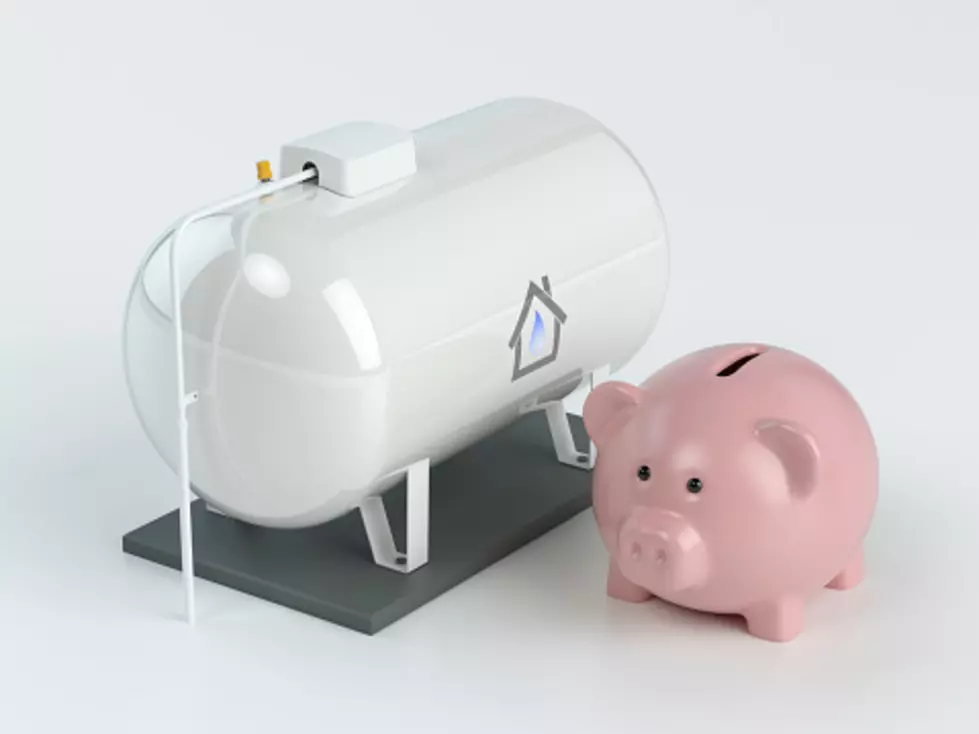
Annual Inflation Continues to Rise in Michigan
Rising inflation rates are costing consumers much more at local area grocery stores. Every week when my wife and I go to the grocery store, we're spending at least $100 more than what we normally spend.
And even though gas prices have gone down over the past several weeks, food prices continue to go up, as well as housing costs.

Some of the grocery items that we've really seen a difference in, is flour, eggs, and dairy products. In fact, food prices alone went up 11.4% over the last year.
As far as gas prices are concerned, here's more from mlive.com:
The gasoline index dropped 10.6% in August as AAA reported the national average price reached $3.71 a gallon this week. Gas prices haven’t been this low since early March.
And not only are food costs going up at local grocery stores, even the housing market is much higher than it used to be. They're calling it core inflation.
Here's more from mlive.com:
Core inflation, or the change in prices without food and energy, is still going up. It rose 6.3% over the past year, climbing faster than the 5.9% recorded in July largely due to surging housing costs. The shelter index, up 6.2%, accounted for about 40% of the core inflation rate.
When it comes down to inflation, it actually has several causes. One of them is supply shortage and the other is increased demand. An increase in the cost of a good or service for which there is no replacement available.
LOOK: Food history from the year you were born
More From 1240 WJIM AM









